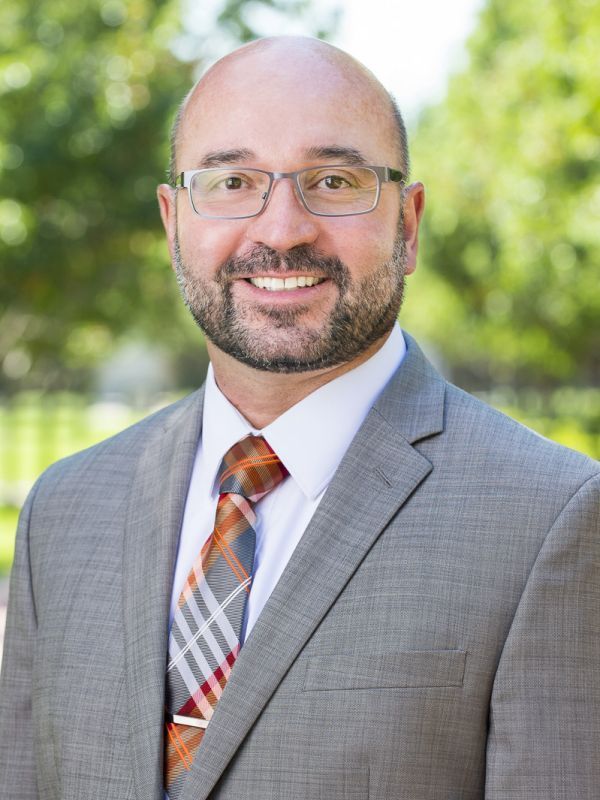
Thomas Naehr
PhD, Kiel University, 1996
MS, University of Erlangen-Nuremberg, 1993
“The best geologist is the one who has seen the most geology” – Anonymous I am a firm believer in active learning, both inside and out of the classroom. I provide theories, concepts, and empirical material to my students in a way that they can integrate this information into their own life experience. My goal in teaching is to get students to think critically, not just absorb a large collection of miscellaneous facts. I do this by teaching science as a process, and by encouraging my students to start learning from each other. Of course, nothing can convey scientific concepts better than first-hand experiences in the field. As a geologist, practicing a field-based science, I have the unique opportunity to help my students understand a variety of natural phenomena and processes that may otherwise be much more difficult to grasp.
Most importantly, however, I do not see a rigid dividing line between research and teaching. Good teachers need to be at the cutting edge of recent scholarship to help students see the dynamism of our work. Geology, just like any other science, is not a mere collection of facts, but rather an area of research that is still full of puzzles, contradictions, and new areas of inquiry. I try to demystify research for students by encouraging them to discover the excitement that can be found in researching the natural world.
As a marine geochemist, a central theme of my research is the investigation of sedimentary units with respect to biogeochemical changes and reactions inherent to the flux and seepage of hydrocarbon-rich subseafloor fluids. For example, the formation of authigenic carbonates in methane- and gas-hydrate-rich continental margin sediments sequesters a portion of the methane-derived carbon in these systems, which will effectively reduce the size of the methane pool available for interaction with the ocean and atmosphere and, therefore, impact the global carbon cycle.


